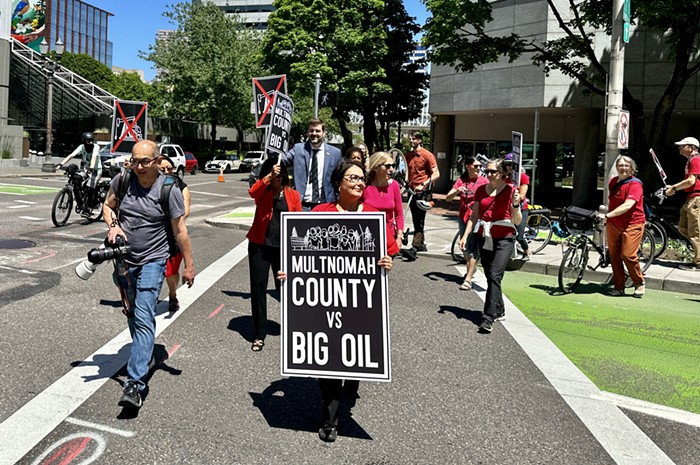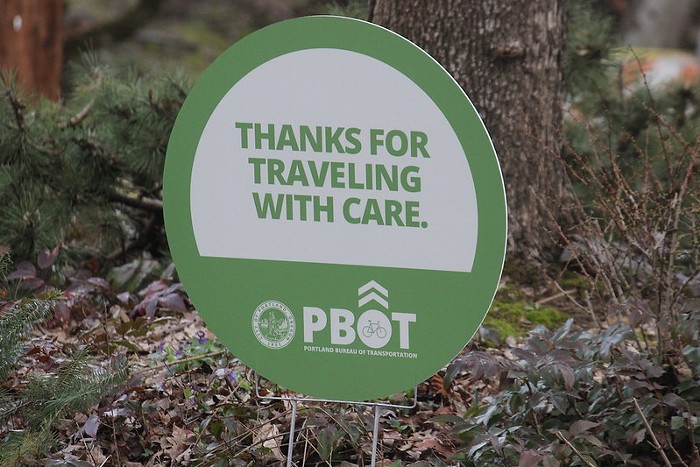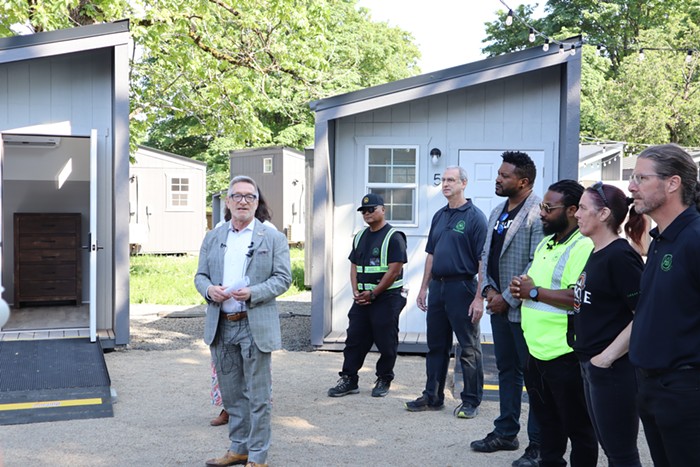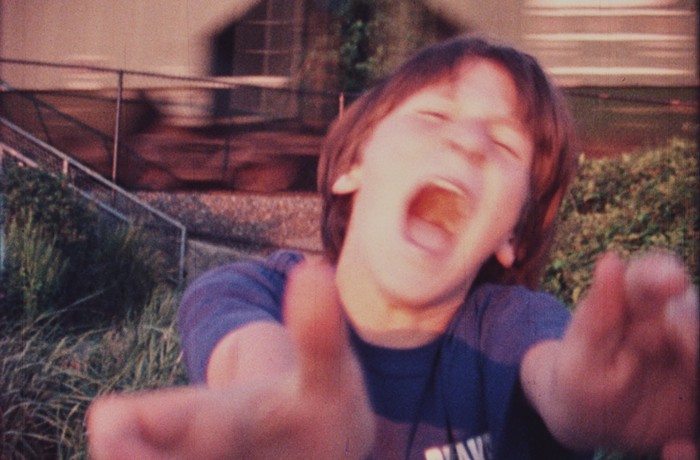SUNDAY, MARCH 11, marked the one-year anniversary of the earthquake and tsunami that devastated Japan. For many Oregonians, this was our wake-up call. We learned there's a good chance that in the next 50 years the Pacific Northwest will be hit by an equally large quake. Even more sobering, we learned that, unlike the Japanese, we are woefully unprepared for our catastrophe. If the "Big One" were to happen tomorrow, nearly all of the Portland's bridges would be heavily damaged (and potentially useless), the power is expected to be out for weeks if not months, telecommunications networks won't work, the state could lose nearly all of its liquid fuel supply chain, water and sewer systems would be wrecked, and thousands could die. While it's impossible to know exactly what our killer quake will look like, after talking with numerous scientists, engineers, and emergency planners, we think we have a pretty good idea. Our scenario—a 9.0 earthquake very similar to the one that occurred in Japan—is fictitious, but make no mistake, fellow Portlander: This could happen to you.
Minute Zero
It's 9:30 am on a sunny Thursday morning in late May. Because of the nice weather, you have decided to get off the bus early and walk along the riverfront just before heading into work in your downtown office. And it's a good thing, too. This decision will save your life. You are standing in Waterfront Park when the first wave zooms past you like a phantom. Fifteen seconds later, slower, more powerful seismic waves wash in from the Oregon coast in an undulating pattern. That's when you notice the shaking.
Just off the coast, pressure that has amassed between the region's tectonic plates for more than 300 years has hit its breaking point. The entire coastline, from Northern California to Vancouver Island, is now riding the energetic deluge of a 9.0 earthquake that will last for just four minutes, but the effects of which will be felt in the Northwest for decades to come.
From your spot in Waterfront Park, as you attempt to stay upright on the rippling ground, you watch as Portland crumbles.
10 Seconds Since the Shaking Started
You hear a deep rumbling all around you. Car alarms go off everywhere.
Looking down, you see cracks form in the pavement. Across the city, garden walls of stone and stacked brick collapse. The city's wood-frame houses—most of which will hold up in the quake—lose many of their chimneys. In this way, Portlanders luck out. If the tectonic rupture had come in the winter, when the chimneys were in use, those wood-frame houses would have burned.
20 Seconds
The electricity goes out. It will stay out for the next two months. Portland hospitals immediately switch to back-up power, as does the airport.
Also see:
Bolting Down: Novick Gets Funds for Earthquake Retrofits













